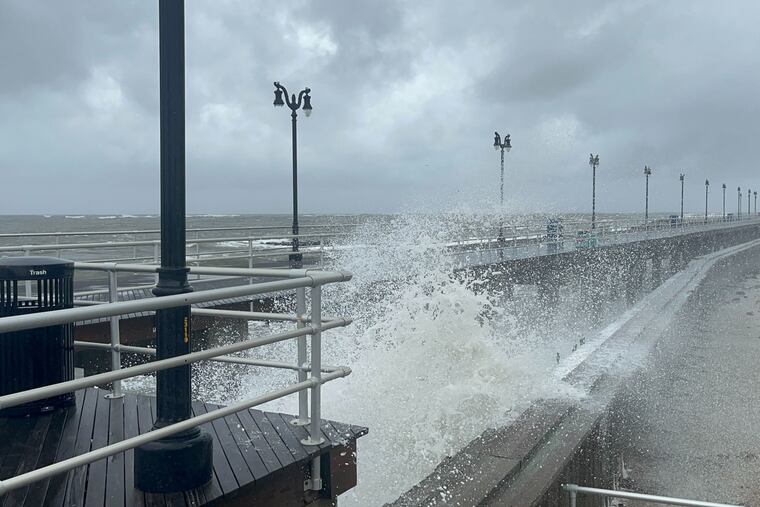Nor’easter causes problems at Shore with more flooding and erosion expected through Wednesday
“One to two feet of inundation” is expected in low lying areas near the Jersey Shore, back bays, and tidal waterways, the weather service says.

“One to two feet of inundation” is expected in low lying areas near the Jersey Shore, back bays, and tidal waterways, the weather service says.
